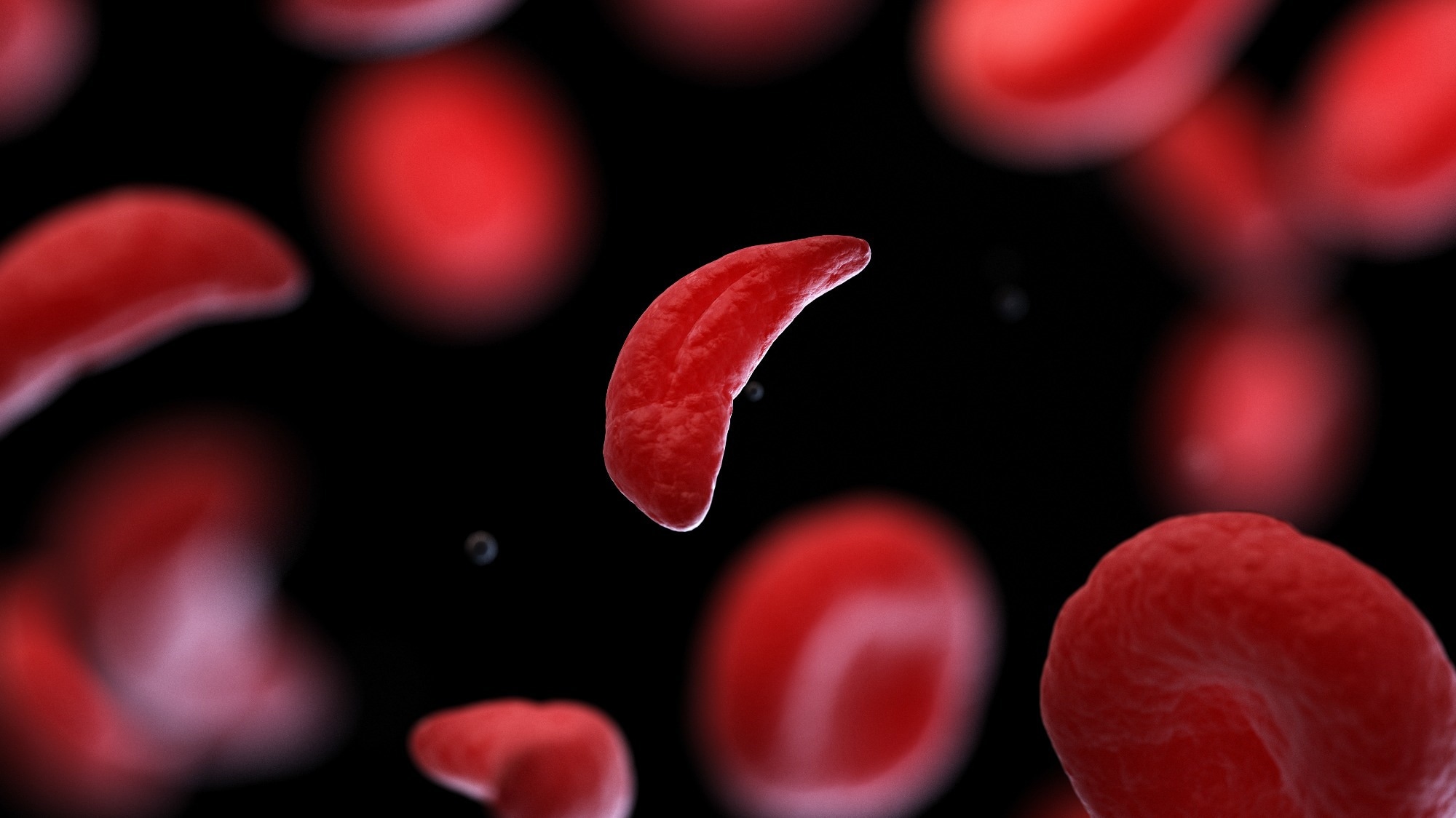In a recent review published in Nutrients, researchers assessed nutrition-related studies involving sickle cell disease (SCD) patients, particularly those in Africa.
 Study: Sickle Cell Disease Update: New Treatments and Challenging Nutritional Interventions. Image Credit: SciePro/Shutterstock.com
Study: Sickle Cell Disease Update: New Treatments and Challenging Nutritional Interventions. Image Credit: SciePro/Shutterstock.com
Background
SCD, a congenital blood condition, is common in affluent nations, although statistics on frequency, morbidity, and death are lacking. Medical treatment in impoverished regions includes hydroxyurea, blood transfusions, and painkillers.
Nutrition treatments are essential to deal with increasing nutritional expenditures and supportive management. To sustain well-being and quality of life, underprivileged regions in Sub-Saharan Africa must optimize the dietary regulation of SCD.
While plant resources are recognized, researchers have exploited only a few herbal methods and products.
About the review
In the present review, researchers reviewed nutritional approaches to treat SCD.
Existing interventions for sickle cell disease
Aberrantly polymerized deoxygenated hemoglobin, formed by polymerizing two mutant sickle β-globin subunits, causing red blood cell deformation, produces SCD. Hemoglobin beta gene (β-HBB) mutations characterize the congenital disease.
Heme oxygenase 1, a member of the heat shock protein (HSP32) family, causes ferroptosis and sickling of red blood cells. Sickled (crescent-shaped) red blood cells result in a vaso-occlusive crisis (VOC), which occurs in case of blood flow obstruction that deprives tissues and organs of oxygen.
SCD complications include infections, aches and pains, retinopathy, nephropathy, and cerebrovascular accidents.
Blood transfusions, hydroxyurea to increase fetal hemoglobin, hematopoietic stem cell transplantation to reverse the sickle phenotype, L-glutamine for antioxidant effects, hemoglobin S polymerization inhibitors to prevent hemoglobin S (HbS) polymerization, monoclonal antibodies like crizanlizumab to reduce sickle-mediated adhesion, and clustered regularly interspaced short palindromic repeats (CRISPR)-associated protein 9 (Cas 9) gene-editing therapies to edit faulty genes in bone marrow stem cells are among the therapeutic interventions.
Allogeneic hematopoietic stem cell transplantation is the only confirmed treatment option for SCD, ideally from an unaffected human leukocyte antigen (HLA)-identical sibling donor. Combining genetic therapies with hydroxyurea yields the best outcomes but is usually reserved for children under the age of 16 who have significant problems.
Nutritional and gut microbiome interventions in sickle cell disease
Increased gut damage, permeability, altered microbiota composition, and bacterial overgrowth occur in SCA. In SCD patients, this dysbiosis causes inflammation and suffering.
The human genome influences the gut microbiome through enzymes and micro-ribonucleic acids (miRNAs), and microbiota modulation tries to reverse established microbial dysbiosis.
Omega-3 fatty acids, notably DHA and EPA, are potent anti-inflammatory mediators in SCD that control pain and reduce VOC episodes. Polyunsaturated omega-3 fatty acids have been demonstrated to be helpful in SCD in clinical studies.
Nutritional deficiencies contribute to SCD severity, increasing interest in dietary supplements. SCD patients require more calories and protein, and malnutrition is a typical consequence.
Antioxidant-rich edible mushrooms have several pharmacological effects and can improve health, lifespan, and quality of life.
Ganoderma lucidum reduces hemoglobin polymerization rate; Auricularia auricular scavenges free radicals; Hericium erinaceus regulates heat shock proteins; and Termitomyces increases hemoglobin levels and white blood cells.
Use of African plants in managing SCD
In Africa, integrating natural and pharmacological therapy is critical for SCD management. Traditional healers use up to 5,000 native medicinal foods gathered from plants, benefiting over 80% of Africans.
Conventional treatments have higher popularity than modern medications; however, they may be lost to future generations due to verbal transmission. Tropical plant bioactive chemicals interact with phytonutrients and gut bacteria, playing a crucial regulatory function in human wellness.
Researchers have investigated nutritional advantages in individuals with SCD in Nigeria, with limited studies in other nations of Sub-Saharan Africa. Indigenous medicinal substances include seed oils obtained from Ipomoea involucrate, Solenostemon monostachyus, Cajanus cajan, Acacia Senegal, and Carica papaya.
Ceiba pentandra and Alchornea cordifolia are used medicinally in the Democratic Republic of the Congo to prepare the "blood tonic” beverage. Moringa oleifera, high in phytochemicals with anti-urolithiasis characteristics, is used to treat SCD and Nigella sativa due to its antioxidant qualities.
Conclusions
The review findings highlighted therapeutic approaches for sickle cell disease, a condition causing dysfunctional immune responses.
The findings indicate nutritional interventions for patients, especially those residing in the sub-Saharan regions of Africa, and emphasize the need for increasing clinical nutrition research to optimize SCD management, including medicinal plants.
Nutritional treatments can improve overall well-being, and encouraging functional diets can help to prevent crises. In SCD, microbiota modification can correct microbial dysbiosis, and omega-3 fatty acids can enhance VOC rate, inflammatory indicators, adhesion, and hemolysis.
African plants like Alchornea cordifolia and Ceiba pentandra make blood tonics; Moringa oleifera for its anti-urolithiasis effects; and Nigella sativa for its antioxidant characteristics.
Mushrooms can lower the rate of hemoglobin polymerization, scavenge free radicals, control heat shock proteins, and boost hemoglobin levels and white blood cell counts.